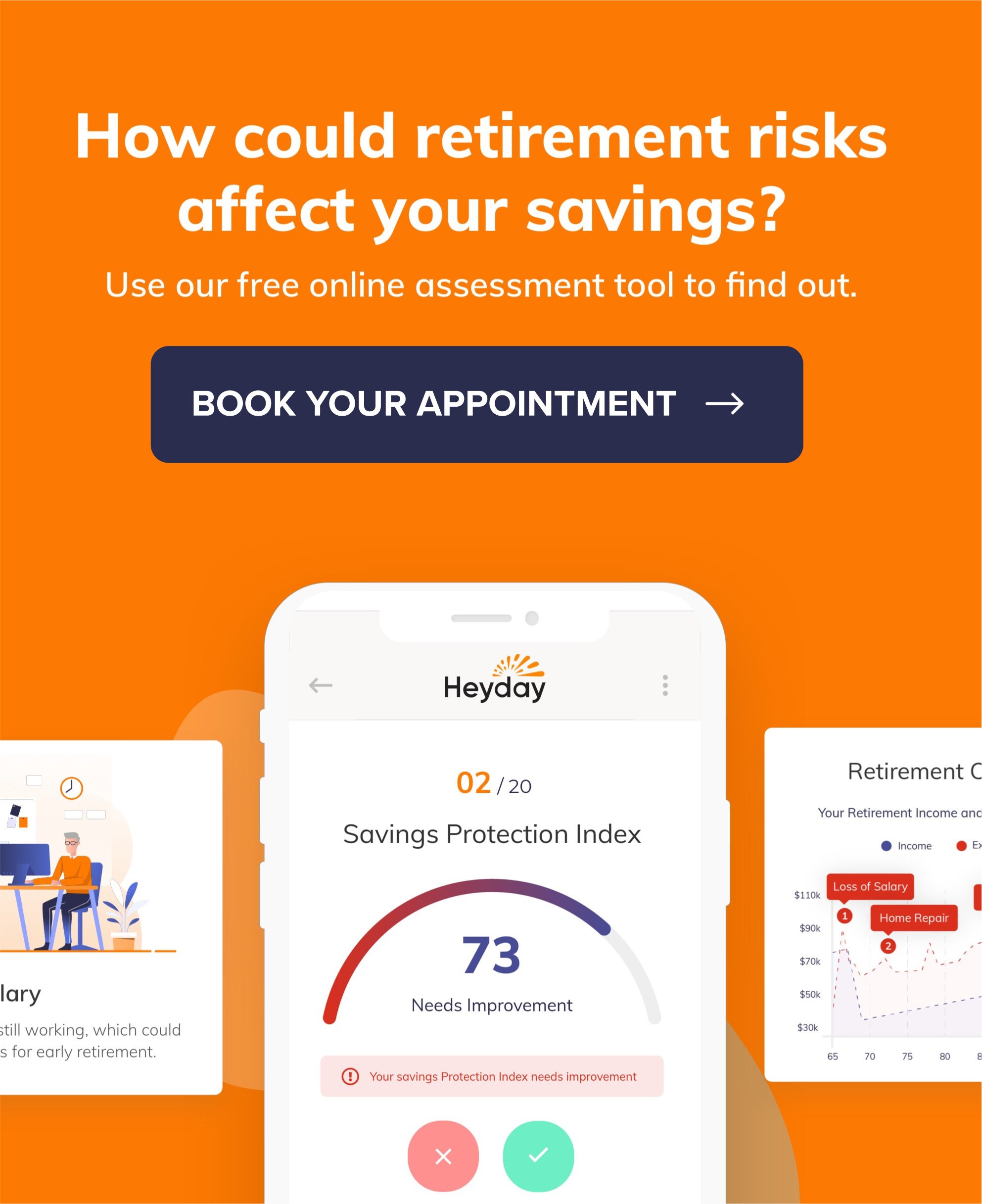3 Surprising Facts About Inflation That Could Impact Retirement
As you’re probably aware, inflation is defined as the rising costs of goods and services. There are several factors that go into this seemingly simple number — and understanding inflation risks in retirement is important to a successful strategy.
In addition to being unpredictable, inflation can pose challenges in retirement planning for many reasons. In this blog post, Dr. Moshe Milevsky, Professor of Finance at York University and author of more than 14 retirement finance books will explain some surprising facts about inflation (and how retirees can help plan for them).
#1. Even a modest inflation rate can erode purchasing power over time.
In the video clip below, Dr. Milevsky, explains inflation’s impact over time and provides scenarios that demonstrate just how much a retiree’s fixed income could be affected by inflation over the course of their retirement.
As Dr. Milevsky pointed out, even an idealistic 1 percent inflation rate over 10 years can have a noticeable impact on purchasing power.
While historic inflation rates are no prediction of what will happen in the next 10, 20 or even 30 years, the trend has typically been that inflation rates — and therefore the costs of the goods we buy — increase year over year.
Now that we’ve reviewed how inflation can impact spending power, Dr. Milevsky will present some insight on how inflation is calculated.
#2. Inflation rates will vary by where you live.
While the official inflation rate is an average of all four regions of the U.S., that doesn’t always give retirees an accurate picture of the rising costs of goods in their specific area. In 2014, the inflation rate in the South was 0.6 percent, yet the inflation rate in the West was 1.3 percent1— that’s more than double!
What’s most shocking to many retirees is that there is no single, standardized rate of inflation to even estimate against or plan for, as inflation is relative.
#3. Inflation rates can also depend on your age.
In this final clip, Dr. Milevsky shares how our consumption of various good categories changes over time.
The official inflation rate is actually calculated using the averages of how much different age groups spend on goods and services, including food and health care.
In Dr. Milevsky’s example, Millennials spent three times more on of their income on food and alcohol than health care each year, but Boomers spent an average of 1.5 percent of their income on health care.2 In this example, the relevant inflation rate may be missed if using a total from the Bureau of Labor and Statistics, which is actually the average for all five age groups — Millennials, Gen X, Boomers, Silent Generation and the Greatest Generation.
While the inflation rate centers around the Consumer Price Index (CPI), Dr. Milevsky encourages retirees to focus on the “CP - You Index" — which is your personal inflation rate.
Instead of taking the inflation rate at face value, retirees should consider the rate at which the goods and services they use in their personal consumption basket when planning for inflation in retirement.
Inflation can be problematic when planning for retirement because there is no one-size-fits-all rate to plan around. When it comes to inflation and retirement, retirees should instead consider:
- Thinking about their retirement income in after-inflation terms
- Prioritizing what’s in their unique consumption basket (or will be in retirement) over an inflation rate based on averages
- Creating a retirement income plan that accounts for rising costs
To learn more about inflation and other key risks that could impact retirement, attend Dr. Milevsky’s online workshop, The 7 Most Important Equations for Your Retirement.
Sources:
1Bureau of Labor Statistics, Department of Labor, http://bls.gov, (Accessed December 10, 2015)
2Bureau of Labor Statistics, Spending on Health Insurance + Medical Services + Medical Supplies + Drugs, Total Average Annual Expenditure of Consumer Unit = $53,000 in 2014. http://www.bls.gov, (Accessed December 2, 2015)
Materials offered by Heyday Retirement, including articles, ebooks, and workshops are designed to provide general information on the subjects covered. They are not intended to provide specific financial, legal or tax advice. Heyday markets insurance products and its representatives do not give investment, legal or tax advice. You are encouraged to consult your tax advisor, attorney, or investment advisor.
By contacting us or submitting your contact information, downloading booklets, or attending workshops, Heyday may refer you to our licensed insurance and annuity professionals who may contact you to offer a meeting to discuss how insurance services can help meet your retirement needs. You may withdraw your consent anytime.
All Heyday authors, professors and educators are paid for their contributions. Their inclusion does not represent an endorsement of products.
Ready to create a retirement income plan that factors in rising inflation?
Try Heyday's Retirement Income Planner App
BOOK YOUR APPOINTMENT
Written by Cindy Collins
Forbes Contributor & Retirement Financial Professional
Cindy Collins is a Heyday Retirement contributor with over 30 years of experience in personal financial services.

About Heyday
Heyday is a premier source for comprehensive tools and informative content designed to help retirees build a secure retirement income plan.
Subscribe
Stay in the know on a wide range of retirement topics.







